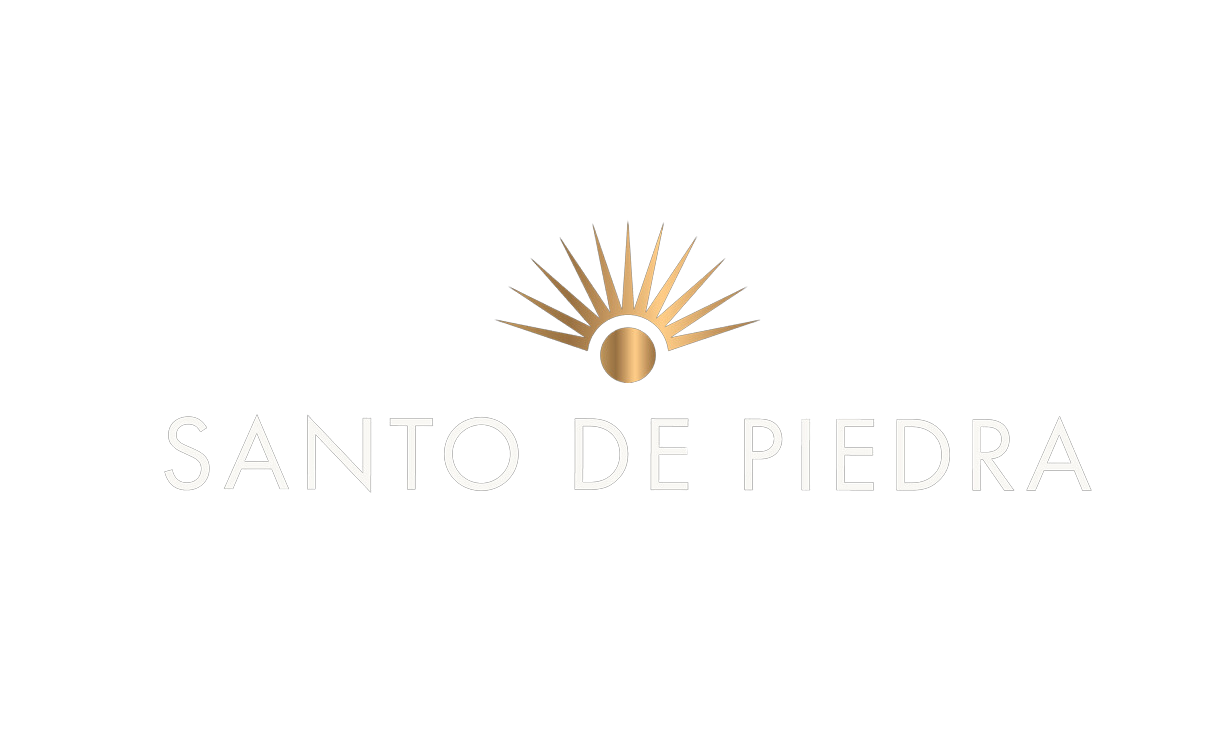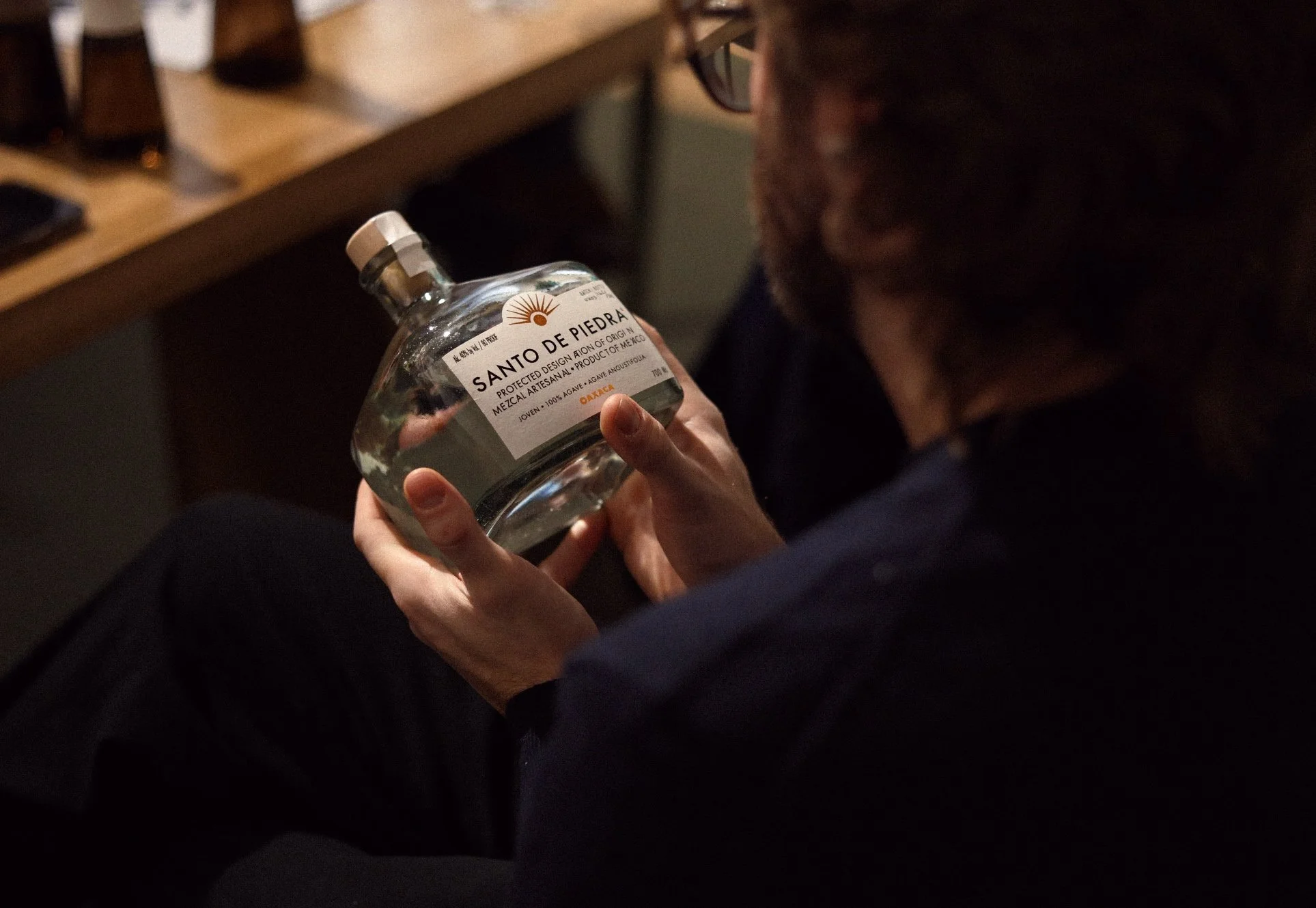From Agave to Alchemy The Artisanal Mezcal of San Luis del Río, Oaxaca
By Raul Injoque
“In every drop of mezcal, there’s a story of earth, fire, water, and time.”
Introduction — A Journey to the Heart of Oaxaca
Deep in the Zapotec mountains, in the small village of San Luis del Río, Oaxaca, a centuries- old tradition continues to define the soul of Mexico’s most complex spirit: artisanal mezcal.
This is not industrial production. This is patience, fire, and intuition. Here, mezcal is born not in factories, but in palenques—family-run distilleries where knowledge passes through generations.
Selecting and Harvesting the Agave
Every bottle of mezcal begins years before it’s ever poured. The Espadín and Sierra Negra agaves that grow on the slopes surrounding San Luis del Río take 6 to 8 years—sometimes more—to reach maturity1.
Armed with a coa, the jimadores harvest the piña, or heart of the agave, cutting away its sharp leaves with precision. In San Luis del Río, altitude and mineral-rich soil lend each plant its distinct terroir: a smoky-mineral profile that mezcal lovers cherish2.
“The agave is not harvested—it’s invited.”
2. Roasting the Piñas in Stone-Lined Earth Ovens
Once harvested, the agave hearts are roasted in earthen pits lined with volcanic stones and fueled by encino (oak) wood. They’re buried under soil and left to cook for three days.
This slow roast caramelizes natural sugars and infuses the agave with the smoke that defines mezcal’s signature flavor.
3. Crushing the Agave with a Shredder
In the past, after cooling, the roasted agaves are crushed with a tahona—a circular stone wheel pulled by a mule or horse—to extract the sweet juices; today that same process is done with a shredder thus making a positive impact on the quality of life of working animals.
4. Natural Fermentation with Wild Yeasts
The crushed agave pulp is mixed with spring water and poured into open wooden vats, where it ferments naturally. No added yeast, no temperature control—just the wild microbes of the Oaxacan highlands at work1.
Fermentation in San Luis del Río is influenced by its mountain air and mineral water, giving each batch a unique aromatic fingerprint3.
“You can taste the altitude, the rain, and the wood in every ferment.”
5. Distillation — Fire and Precision
After fermentation, the mash is distilled in small copper stills over wood fire—typically twice, to refine flavor and balance alcohol content3.
Distillation is an art of patience. The mezcalero separates the heart (pure mezcal) from the head and tail with the practiced hand of someone who’s listened to this bubbling song for decades.
6. Bottling, Family, and Legacy
When the mezcal is ready, it’s bottled by hand. But in San Luis del Río, bottling is not just a business—it’s an act of family and memory. The entire process, from agave to cork, is completed with pride and reverence1.
You’ll often find the mezcalero’s children helping label bottles or stir the vats—new generations preserving old knowledge1.
7. The Encounter — The Interface at the Bar
If the palenque is where mezcal is born, the bar is where mezcal finally meets its destiny. This last stage—The Encounter—is where spirit and storyteller merge.
A mezcal’s character can be extraordinary on its own, but something magical happens when it passes into the hands of a knowledgeable barman. In that moment, mezcal stops being a liquid and becomes an experience.
The barman is the interpreter of everything that came before. With a single pour, the barman translates all of that into a moment of connection for the guest. The way he warms the copita with his hands, the way he introduces the name of the village—San Luis del Río—or the maestro mezcalero, the silence he/she allows before the first sip... these details elevate mezcal from a drink into a ritual.
The barman becomes the bridge between tradition and the person holding the glass. A good mezcalero shapes the spirit. A great barman shapes the experience.
This final interface—the human touch at the bar—is where mezcal reveals its fullest dimension: a dialogue between the past and the present, between the mountains of Oaxaca and the moment you’re living right now.
Walking through San Luis del Río at dawn, with mist rising from the valley, you can smell
roasted agave in the air. A donkey passes by, carrying piñas. The mezcalero, his face lined by the years, nods silently—he knows the value of time.
Later that day, as the sun sets, he pours you a small glass. The liquid catches the last light, glowing amber. One sip—and suddenly, the mountain, the wind, the family, the centuries— they’re all there.
“In a world that rushes, mezcal teaches us to slow down.”
The next time you lift a glass of mezcal, especially one crafted in San Luis del Río, remember: it carries years of growth, the patience of hands, the warmth of fire, and the purity of spring water.
That sip is not just flavor—it’s connection. It’s Oaxaca’s soul distilled.
References
Gambero Rosso — Magical Mezcal: Journey to Oaxaca Among Small Distilleries and Agave Plantations. https://www.gamberorossointernational.com/news/magical-mezcal-journey-to-oaxaca- among-small-distilleries-and-agave-plantations/
VICE — The Art of Making Mezcal in Oaxaca. https://www.vice.com/en/article/the-art-of-making-mezcal-in-oaxaca/
Difford’s Guide — Del Maguey Single Village Mezcals: San Luis del Río. https://www.diffordsguide.com/producer/1267/del-maguey-single-village-mezcals/san-luis- del-ro








